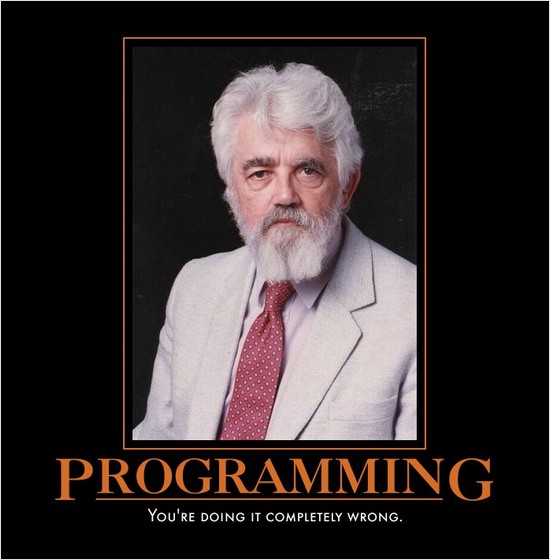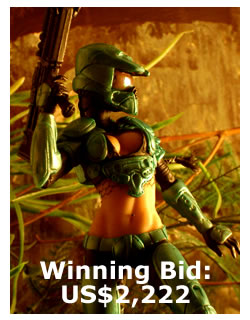
Last night was the second FacebookCamp Toronto, and I took notes. Here’s the first part, with more to follow later today…
Introductory Presentation
The introductory presentation was made by the FacebookCamp Toronto organizers: Roy Pereira, Colin Smillie and Andrew Cherwenka.
They thanks the event sponsors:
- Facebook
- Segal
- Refresh Partners
- Trapeze
- MaRS
Some updates on things that have happened since the last FacebookCamp Toronto:
- There are now more than 43 million active users
- fbFund has been established:
- $10M in capital (may grow over time)
- Accepting applications for grants from US$25K – US$250K
- FBML 1.1 and FB JavaScript have been released
Here’s what the Facebook application scene looks like right now:
- About 5,500 approved applications:
- 84 of these apps account for 90% of the usage
- At this point, “It’s anyone’s game”
- The primary measure of an application is no longer installs, but now daily active users
- Having good functionality is now up there with being first (e.g. Consider the number of “wishlist”-type apps — there are about 18)
- 9 of the top 20 apps come from from the same development shop
They showed a chart of the top 30 Facebook cities (in terms of membership), 9 of which are Canadian. The top five Facebook cities are:
- London, UK
- Toronto, Ontario, Canada
- Vancouver, British Columbia, Canada
- New York, New York, USA
- Chicago, Illinois, USA
In August 2007, Canada beat the UK for monthly visits to Facebook.
There are a number of upcoming FacebookCamps:
- Vancouver: October 23rd
- Montreal: November 7
- Toronto: Early December 2007
There are also plans for a Toronto “FacebookWeekend”, a full-weekend developer workshop — perhaps in early December 2007.
Facebook Application Best Practices (Ami Vora, Facebook)
Who am I?
- The lead of Platform Product Marketing for Facebook
- Her job: make sure the developers out there are successful and that the developer community is healthy and growing
Facebook, as a whole, is…
- A tech company intent on building a social utility
- 45 million active users (that’s up from 34 million, which was the figure at the last FacebookCamp Toronto)
- 250,000 new users sign on every day, which means there’s a 3% week-on-week growth
Who are the new users?
- They’re typically age 25 and older
- Everywhere outside the U.S. — that is, in places where Facebook didn’t get its start in universities — there’s even distribution of ages for Facebook users
Stats
- U.S.: 18 million users
- Canada: 6 million (“That one in every 5 Canadians!”)
- U.K. 5 million
- 60 billion pages served a month
- More than 50% of our users visit at least once daily
The Social Graph
- What makes people come back to the site?
- For them, it’s all about the social graph: the network of connections in the real world through which people communicate and share info
- In Facebook, they’re trying to create an accurate online analog of people’s real-world social graphs
- Value of the social graph to photos:
- Facebook’s “Photos” app is relatively simple compared to other photo-sharing sites — you can only upload and share
- In spite of its lack of features, it still has more activity than other photo sites
- Why? Facebook’s social graph
- There’s a social context attached to the photos — you can tag the photo, specifying with who’s in it, and the tagged people are told that they’ve been tagged
- Photos become social content
- Photos are shared with exactly the people who are interested in them
- Value of the social graph to events
- Facebook’s “Events” app is relatively simple compared to other event-announcing sites
- Once again, in spite of a lack of features, they see more event traffic than competitors (for example, they get 3 times eVite’s pageviews)
The Facebook platform provides 3 things:
- Mass distribution
- Deep integration
- New opportunities
- They’ve tried to open every integration point available to their own developers to all outside developers
- When developing a Facebook app, think about the value you’re adding to the user experience
Best practices for Facebook features:
- Mini-Feed:
- Good for “temporal information”
- Used by people looking for the latest info about me
- If your app posts items to the Mini-feed, include a friend of the user’s where possible (e.g. “Pete Forde tagged Joey in 2 photos.”)
- Profile Box:
- Not really for content
- It’s a representation of the user
- Canvas Page:
- Use for heavy information
- Use it for interaction to build connections
- News Feed:
- Shows connections
- Great driver for future engagement — shows a preview of what you’ll see if you dive in
Opportunities — Building a business online, you’re concerned with
- Growth
- Access to millions of potential users
- Viral distribution through the social graph
- Engagement
- 50% daily return rate
- Social context provides opportunity for engaging content
- Monetization
- Freedom
- Several monetization paths:
- Relationship with an ad network
- Partnership with a brand advertiser
- Cross-promotion
- Institutional investment
- fbFund
fbFund
- Meant to lower the barrier to entry
- Small no-equity grants
- Not Facebook’s money, but the money of early funders of Facebook
- Right of first refusal to fbFund companies
Advice
- Provide engaging content / focus on the social
- Provide relevant info
- Showcase interactions between users (“Everyone loves a little voyeurism”)
- Focus on usability
- Keep providing your users with fresh content
- One good idea for fresh content: turn-based games
- Use the integration points into Facebook well
- Iterate often
- Think about intelligent promotion
- Incorporate privacy:
- Think of privacy as an asset, not as something that weighs you down
- Users are more willing to interact if they feel their privacy is being protected/respected
Platform growth
- 4000+ applications
- 100 new applications added per day
- 80,000 developer keys
- 80% of users have added at least one application (which means that users think of apps as a key part of their Facebook experience)
This is just the beginning!
- “We’re only 4 months in, and we have a long way to go.”
- We’ve all got the same users — we’re all trying to build the same user experience — our success is contingent upon each other.
The Q&A Session
Ami, on the relationships represented in Facebook: “‘We hooked up’ is not the best relationship descriptor.”
On limiting the clutter presented by all the apps:
- A hard problem — considered it when they first decided to open Facebook to third-party apps
- Try to keep the profile clean
- You have free rein on the Canvas page
- Note that if you collapse an app on your own profile, it’s collapsed on all the other profiles you see
Q: Any other incentives other than fbFund?
- The goal is really to create an open market where incentives come to exist
- Don’t really want to be in the incentive business themselves






 Remember the
Remember the  The second
The second